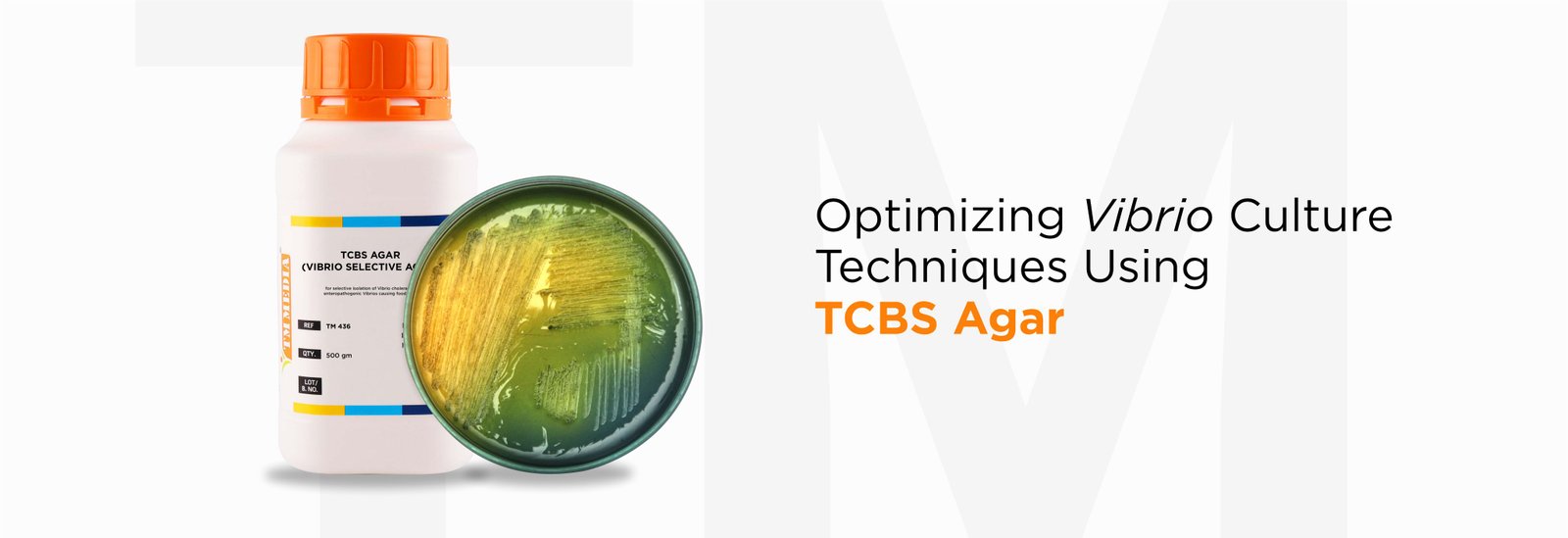

If you're a microbiologist or work in the field of microbiology, then you're probably familiar with MacConkey agar. In fact, it's one of the most widely used differential and selective media in the industry. MacConkey agar is used to isolate and differentiate gram-negative bacteria based on their ability to ferment lactose.
In this blog post, we're going to explore some of these little-known facts and give you an in-depth guide to using MacConkey agar in your lab.
So buckle up and get ready to learn something new about this essential tool in microbiology.
MacConkey agar is a widely-used medium in microbiology that allows for the selective and differential testing of bacteria. This powerful tool contains specific ingredients that help cater to the needs of microbiologists looking to identify the bacterial species present in a sample.
It is a commonly used differential medium in microbiology to identify and distinguish bacteria belonging to the family Enterobacteriaceae. This family includes several important bacterial species such as Escherichia coli, Salmonella, Shigella, and others, which can cause various infections in humans.
It is primarily used to monitor the quality of food and water samples by detecting the presence of coliforms, which are commonly associated with food spoilage and water contamination, thereby aiding in the diagnosis of various bacterial infections.
When using MacConkey agar, microbiologists can expect certain types of bacteria to grow while inhibiting the growth of others. This capability is due to the agar's unique formulation, which is designed to provide a growth environment that promotes the proliferation of gram-negative bacteria.
The main function of this agar is to isolate and differentiate bacteria based on their ability to ferment lactose. The agar contains two key components, which are responsible for its functionality. First is the lactose-containing peptone-based nutrient broth, which is an excellent source of nutrients for bacterial growth. This nutrient broth works as a substrate for bacterial fermentation and helps to identify lactose-fermenting organisms. Second are the bile salts that are present in the agar, which are responsible for the selective inhibition of gram-positive bacteria. In addition to lactose fermentation, it can also differentiate between lactose-fermenting bacteria and non-lactose-fermenting bacteria.
The medium contains crystal violet dye and a neutral red indicator, in addition to lactose and bile salts. The bile salts inhibit the growth of gram-positive organisms, whereas the crystal violet dye inhibits the growth of most gram-negative organisms except for the enteric bacteria that ferment lactose. The lactose fermentation results in the production of acid, which lowers the pH of the medium and causes the neutral red indicator to turn pink or red. This colour change distinguishes lactose-fermenting coliforms from non-lactose-fermenting bacteria.
MacConkey Agar is a widely used medium in the field of microbiology due to its versatility and effectiveness in identifying and differentiating bacterial species, particularly E. coli. The ability to accurately identify these harmful bacteria is paramount in preventing potential outbreaks of food poisoning and water contamination.
With its rich history and continued relevance in the field of microbiology, MacConkey agar is a testament to the ingenuity and innovation of Alfred Theodore MacConkey and remains an indispensable tool for bacterial identification and diagnosis.

Variations of MacConkey Agar have been developed to detect additional species or even more specific strains within the family. For example, Bile Esculin Agar is a variation of MacConkey Agar that helps in the identification of enterococci, which are a group of gram-positive bacteria that can cause infections in humans.
Besides its basic composition, MacConkey Agar has proven to be a versatile medium for microbiological purposes. The addition of bile salts, crystal violet, neutral red, or chromogenic substrates has given rise to a variety of selective agars that are now widely used in the industry. These selective agars provide a powerful tool for the isolation and identification of different bacterial species, as well as for monitoring the efficacy of antibiotics and disinfectants.
At TM Media, 25+ variants of MacConkey Agar are available for extensive identification and characterization of microorganisms.
Check out the wide range at – https://www.tmmedia.in/category/products/dehydrated-culture-media/

In the world of pathogenic identification, one crucial player in the isolation and cultivation of Vibrio species is Thiosulfate-citrate-bile salts-sucrose...
Read MoreMicrobiology, as a scientific discipline, relies heavily on precise tools and methodologies for understanding the details of the microbial world....
Read MoreIn plant tissue culture, Murashige & Skoog Medium, commonly known as MS Medium, stands as an iconic formulation that has...
Read MoreIn the microbiological world, the choice of Culture Media plays a pivotal role in the accurate identification of microorganisms. One...
Read MoreNutrient Agar is a versatile and valuable tool for researchers and industry professionals alike. It offers a platform for the...
Read MoreFirst Name * Last Name * Primary Email * Company * Department Office Phone * Country * Select Value Afghanistan...
Read More